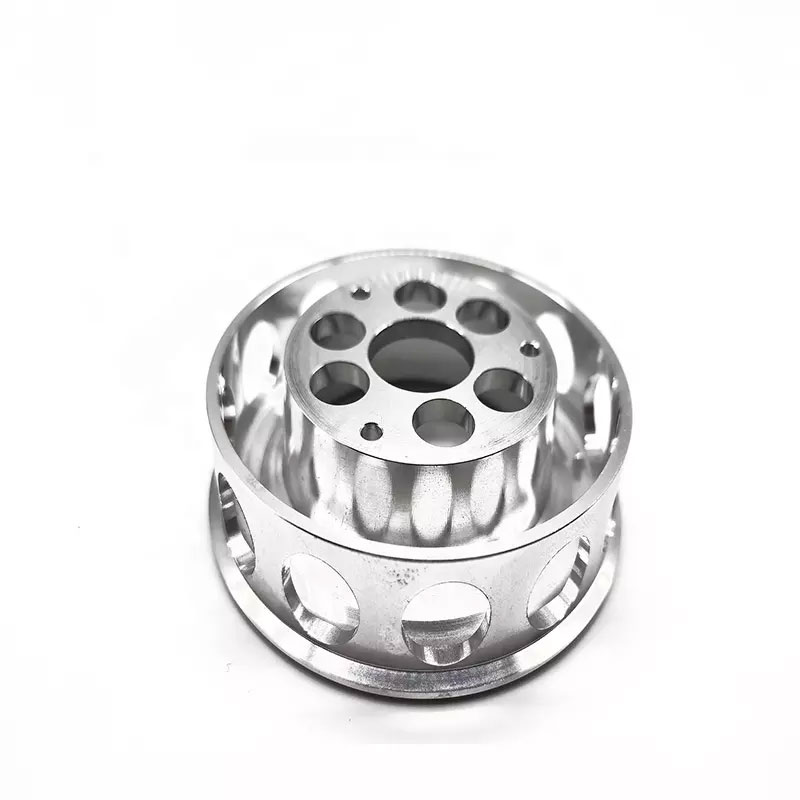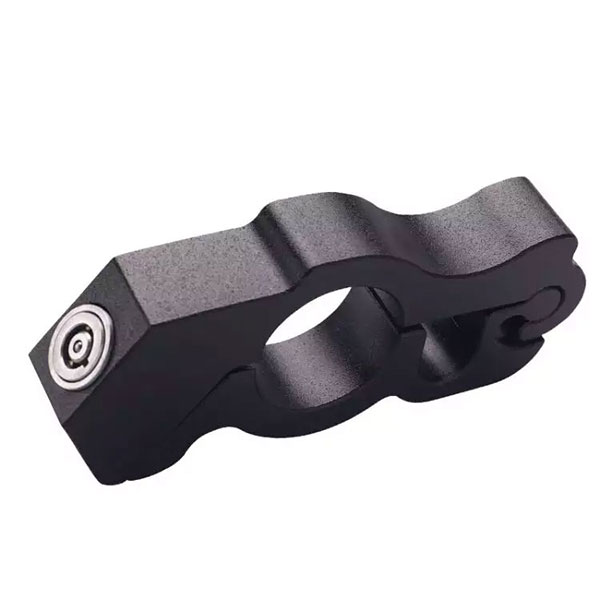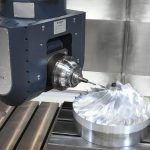CNC machining is a manufacturing process that involves the use of computer-controlled machines to cut and shape materials into precision parts and components. This process is commonly used in the production of a wide range of products, including automotive parts, aerospace components, medical devices, and consumer electronics.
CNC machining is a highly precise and efficient method of manufacturing, as it allows for the creation of complex and detailed parts with a high degree of accuracy. It also allows for the rapid production of large quantities of parts, which is important in industries such as automotive and aerospace where there is a high demand for components.
The CNC machining process typically begins with the creation of a computer-aided design (CAD) file that contains a 3D model of the part or component to be produced. This CAD file is then used to generate a CNC machining program, which is a set of instructions that tells the CNC machine how to move and cut the material in order to produce the desired part or component.
Once the CNC machining program has been created, the next step is to load the program into the CNC machine and set up the machine for the specific manufacturing process. This typically involves installing the appropriate cutting tools and setting the machine’s coordinate system, which defines the reference points for the CNC machining process.
Once the CNC machine is set up and ready to go, the machining process can begin. The CNC machine will use its cutting tools to remove material from the workpiece according to the instructions in the CNC machining program. This process can involve a wide range of cutting operations, such as milling, drilling, and turning.

The CNC machining process is highly flexible and can be used to produce parts and components of various shapes and sizes. It can also be used with a wide range of materials, including metals, plastics, and composites. Depending on the specific requirements of the part or component, the CNC machining process may be performed using a single CNC machine, or it may involve several machines working together to produce the final product.
One of the key advantages of CNC machining is its high level of precision. CNC machines are able to produce parts and components with tight tolerances and high levels of dimensional accuracy. This is important in industries such as aerospace and medical devices, where the parts and components must meet strict specifications in order to function properly.
Another advantage of CNC machining is its flexibility. CNC machines can be programmed to produce a wide range of different parts and components, and the process can be easily adapted to accommodate changes in design or material. This allows manufacturers to quickly and easily adjust their production processes to meet changing market demands or customer requirements.
In addition to its precision and flexibility, CNC machining is also a cost-effective manufacturing process. CNC machines are able to produce large quantities of parts and components quickly and efficiently, which can help to reduce the overall cost of production. Additionally, the use of CNC machining can help to reduce the amount of waste generated during the manufacturing process, which can further reduce costs.
Overall, CNC machining is a highly effective and versatile manufacturing process that is used in a wide range of industries. Its precision, flexibility, and cost-effectiveness make it an attractive option for manufacturers looking to produce high-quality parts and components quickly and efficiently.





